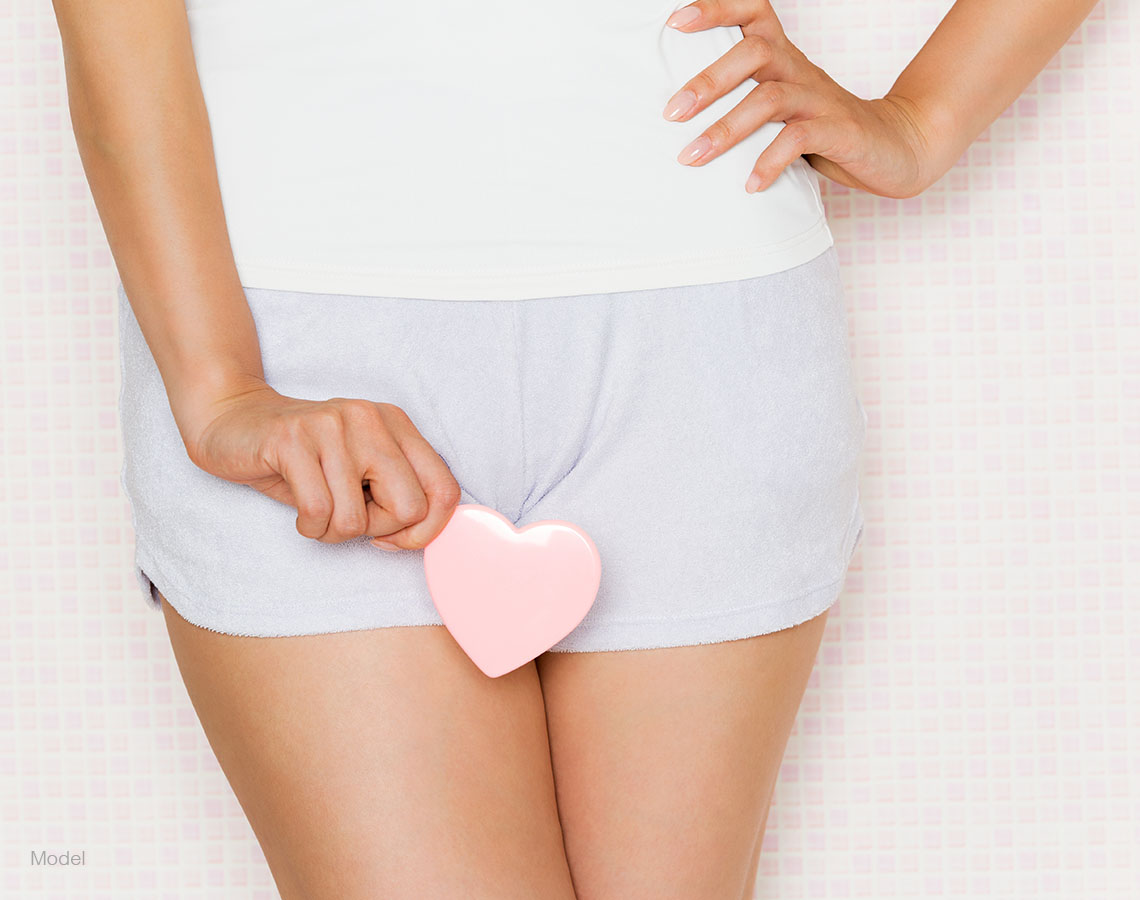What Is Labiaplasty Revision?

Patients with unsatisfactory labiaplasty results often feel they have no recourse for fixing their results, but this is not true! Labiaplasty revision is a specialized procedure to restore or improve the aesthetic of the labia minora after a botched result.
Is Corrective Labiaplasty Possible for a Botched Result?
Especially in our intimate areas, we all want to feel comfortable and confident. Labiaplasty is intended to help women feel confident in their bodies by reducing the size, length, and protrusion of the labia minora or inner vaginal lips. While this procedure can have positive, impactful results, an unfortunate number of patients do not see them. From inexperienced surgeons and underqualified practitioners to poor healing, labiaplasties can go wrong, leaving patients feeling marred and discouraged.
But the journey doesn’t have to stop there. Patients with poor labiaplasty results still have options with labiaplasty revision surgery. Keep reading to learn more.
The Lowdown on Secondary Labiaplasty
Labiaplasty is a relatively lesser-known cosmetic procedure, though it is gaining popularity. As it sits in some obscurity, patients with botched labiaplasties may feel alienated, discouraged, and even disfigured.
Labiaplasty revision surgery, sometimes called secondary labiaplasty, reconstructive labiaplasty, or corrective labiaplasty, is a highly specialized procedure designed to reverse or improve the results of a botched labiaplasty. Before discussing the methods of revision, we must briefly cover the procedure of an initial labiaplasty.
The Labiaplasty Process
Patients seeking labiaplasty generally want a revision of their long or hanging labia minora. This is sometimes a congenital feature that patients have lived with their whole lives, or they have noticed changes to their labia after childbirth, hormone fluctuations, or aging.
During a normal labiaplasty procedure, a plastic surgeon should use one of two methods of reducing tissue: the trim method and the wedge or “V” labiaplasty method. The trim method is the older method, and while it can produce satisfactory results, it carries a higher risk of poor healing and painful or unattractive scarring.
The wedge method was invented by Dr. Gary Alter, a world-renowned labiaplasty and labiaplasty revision expert. He discovered that traditional methods were often unsatisfactory for those who want a comfortable and normal-looking labial result. The drawback of the wedge method is that it requires a higher level of surgical skill and knowledge of anatomy and takes longer. For Dr. Alter, though, the complexity is worth the effort to achieve a beautiful, satisfying result for his patients.
What Is a Botched Labiaplasty?
When we encounter a “botched” labiaplasty, patients may present with the following issues:
- Scalloped, uneven, or deeply scarred labial edges
- Discolored labial edges
- Gaps in the labium
- Missing or over-excised labium
- One or both labia are missing
Patients experiencing one or more of these issues after an initial labiaplasty often feel that there is no hope or that they are forced to live with this surgical result. And while it seems dire, rest assured that with a secondary labiaplasty with Dr. Alter, you still have options.
What Goes Into the Secondary Labiaplasty Procedure?
Like many reconstructive procedures, labiaplasty revision requires selective, individualized techniques that serve the patient’s anatomy. Therefore, each surgical plan is entirely tailored to the patient’s needs.
As an established labiaplasty surgeon, Dr. Alter has seen—and helped restore—it all. He has dedicated much of his career to improving the techniques, research, and methodology of labiaplasty to help other plastic surgeons create functional, effective results for their patients as well. Part of this is his reconstructive techniques for his secondary labiaplasty patients, as he has a wide range of options for correcting botched labiaplasties, many of which are extremely niche.
Dr. Alter will choose the technique(s) that will best give you the results you want, but here are some possible options for your labiaplasty revision:
Missing or Overly-excised Labium
- Dr. Alter can use the clitoral hood or extra labial tissue to reconstruct the deformed or absent labium.
- To correct a gap in the overly removed labium, Dr. Alter cuts out the gap and carefully sutures the edges back together.
- If one or both labium are totally absent, he can often make a new labium out of the clitoral hood, if possible.
Scars, Scalloped Edges, Imperfections, and Clitoral Hood Damage
- If the edges of the labium are scarred or uneven, which is common with the trim method, Dr. Alter can cut out the scarring and resuture the edges for a more natural result.
- For a minor deformity, Dr. Alter often uses autologous fat grafting to smooth the imperfection.
- He can also reattach a hanging clitoral hood or reduce the size of a large or protruding clitoral hood at the same time as a labiaplasty revision.
What Are the Benefits of Labiaplasty Revision?
Labiaplasty revision can be an important step in the healing process after a botched labiaplasty result. So many patients are left feeling discouraged, damaged, or unwhole—through no fault of their own. Labiaplasty revision can give you your confidence back, even better than before your initial procedure.
Other benefits of labiaplasty revision include:
- An improved aesthetic that is as close to a normal labial appearance as possible
- Less pain from scar tissue
- Increased confidence
It’s also important to consider the benefits of an initial labiaplasty, as patients can now actually enjoy the goals they set out to achieve from the beginning, such as the freedom to wear certain types of clothing, engage in physical activities, and feel confident during intimate situations.
Ready for Your Labiaplasty Revision Surgery in Beverly Hills, CA?
Dr. Alter and our experienced support team are ready to help you on your journey to healing, personal satisfaction, and confidence with a labiaplasty revision. Call (310) 275-5566 or fill out our online contact form to get started.

